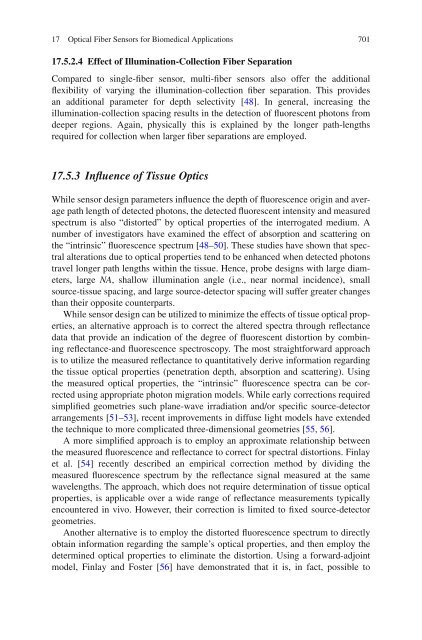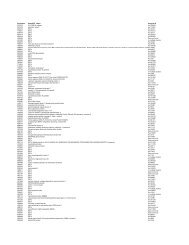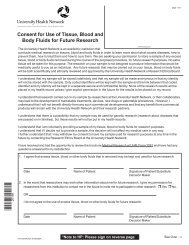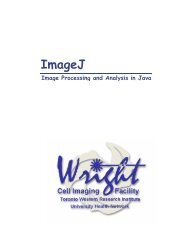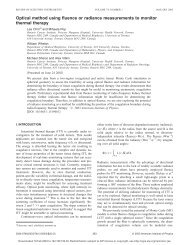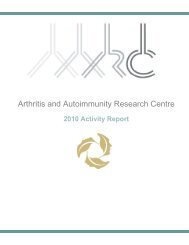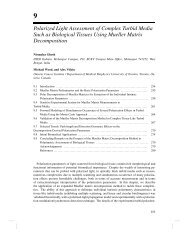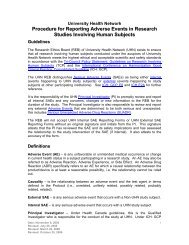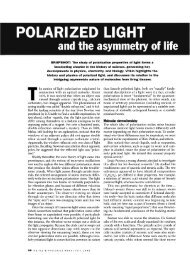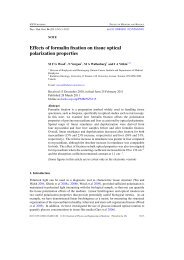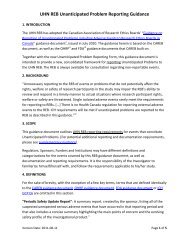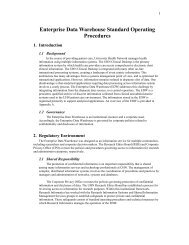Optical Fiber Sensors for Biomedical Applications
Optical Fiber Sensors for Biomedical Applications
Optical Fiber Sensors for Biomedical Applications
You also want an ePaper? Increase the reach of your titles
YUMPU automatically turns print PDFs into web optimized ePapers that Google loves.
17 <strong>Optical</strong> <strong>Fiber</strong> <strong>Sensors</strong> <strong>for</strong> <strong>Biomedical</strong> <strong>Applications</strong> 70117.5.2.4 Effect of Illumination-Collection <strong>Fiber</strong> SeparationCompared to single-fiber sensor, multi-fiber sensors also offer the additionalflexibility of varying the illumination-collection fiber separation. This providesan additional parameter <strong>for</strong> depth selectivity [48]. In general, increasing theillumination-collection spacing results in the detection of fluorescent photons fromdeeper regions. Again, physically this is explained by the longer path-lengthsrequired <strong>for</strong> collection when larger fiber separations are employed.17.5.3 Influence of Tissue OpticsWhile sensor design parameters influence the depth of fluorescence origin and averagepath length of detected photons, the detected fluorescent intensity and measuredspectrum is also “distorted” by optical properties of the interrogated medium. Anumber of investigators have examined the effect of absorption and scattering onthe “intrinsic” fluorescence spectrum [48–50]. These studies have shown that spectralalterations due to optical properties tend to be enhanced when detected photonstravel longer path lengths within the tissue. Hence, probe designs with large diameters,large NA, shallow illumination angle (i.e., near normal incidence), smallsource-tissue spacing, and large source-detector spacing will suffer greater changesthan their opposite counterparts.While sensor design can be utilized to minimize the effects of tissue optical properties,an alternative approach is to correct the altered spectra through reflectancedata that provide an indication of the degree of fluorescent distortion by combiningreflectance-and fluorescence spectroscopy. The most straight<strong>for</strong>ward approachis to utilize the measured reflectance to quantitatively derive in<strong>for</strong>mation regardingthe tissue optical properties (penetration depth, absorption and scattering). Usingthe measured optical properties, the “intrinsic” fluorescence spectra can be correctedusing appropriate photon migration models. While early corrections requiredsimplified geometries such plane-wave irradiation and/or specific source-detectorarrangements [51–53], recent improvements in diffuse light models have extendedthe technique to more complicated three-dimensional geometries [55, 56].A more simplified approach is to employ an approximate relationship betweenthe measured fluorescence and reflectance to correct <strong>for</strong> spectral distortions. Finlayet al. [54] recently described an empirical correction method by dividing themeasured fluorescence spectrum by the reflectance signal measured at the samewavelengths. The approach, which does not require determination of tissue opticalproperties, is applicable over a wide range of reflectance measurements typicallyencountered in vivo. However, their correction is limited to fixed source-detectorgeometries.Another alternative is to employ the distorted fluorescence spectrum to directlyobtain in<strong>for</strong>mation regarding the sample’s optical properties, and then employ thedetermined optical properties to eliminate the distortion. Using a <strong>for</strong>ward-adjointmodel, Finlay and Foster [56] have demonstrated that it is, in fact, possible to


